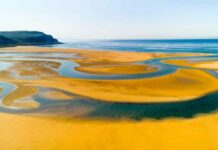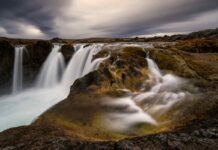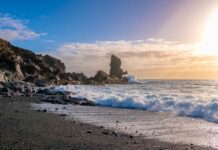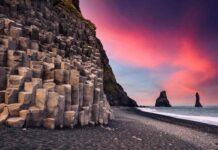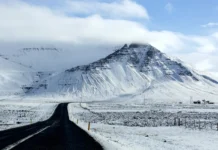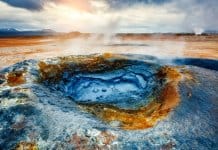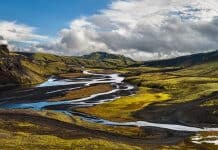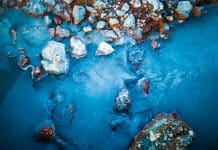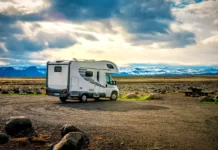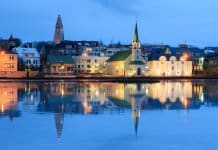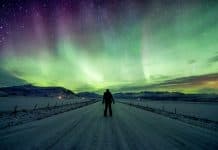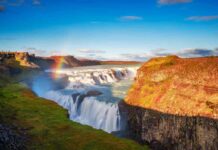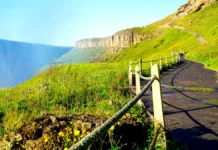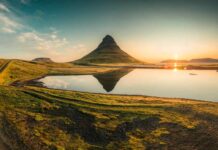November is a captivating month to visit Iceland. With the start of winter, the landscapes are blanketed in snow, the nights are long and dark, perfect for spotting the Northern Lights, and there are fewer tourists compared to the peak summer season.
Here’s an extensive guide to help you plan your visit, from weather expectations to must-see attractions and activities.

Weather in Iceland in November
Understanding the weather is crucial when planning a trip to Iceland in November. The weather can be unpredictable, but with the right preparation, you can fully enjoy your visit.
- Temperature in Iceland in November: The average temperature hovers around 4°C (40°F), but it can drop to freezing or below, especially at night. How cold is Iceland in November? Expect temperatures ranging from -1°C (30°F) to 4°C (39°F).
- Snow and Rain: November sees increased snowfall compared to October, especially towards the end of the month. Does it snow in Iceland in November? Yes, snowfall is common, particularly in northern and higher altitude areas.
- Daylight Hours: Daylight hours decrease significantly throughout November. Early in the month, you’ll get about 8 hours of daylight, but by the end of November, it drops to around 5 hours. Iceland daylight in November is limited, making it essential to plan activities during the available daylight.

Things to Do in Iceland in November
-
Northern Lights Iceland November:
November offers excellent conditions for viewing the Northern Lights due to the long nights. Maximize your chances by booking a Northern Lights tour early in your stay to allow for flexibility in case of cloudy weather. Northern lights Iceland in November are a must-see!

-
Ice Caving and Glacier Hiking:
November marks the beginning of the ice caving season. Explore stunning ice caves, such as the Crystal Ice Cave in Vatnajökull National Park. Glacier hiking is also popular, offering breathtaking views of icy landscapes. Best ice caves and glacier hikes include:
- Vatnajökull Glacier: Known for its blue ice caves.
- Langjökull Glacier: Offers both ice caves and snowmobiling tours.

-
Blue Lagoon Iceland in November:
The Blue Lagoon is open year-round, and soaking in the warm, mineral-rich waters surrounded by a snowy landscape is a unique experience. Book in advance to secure your spot.
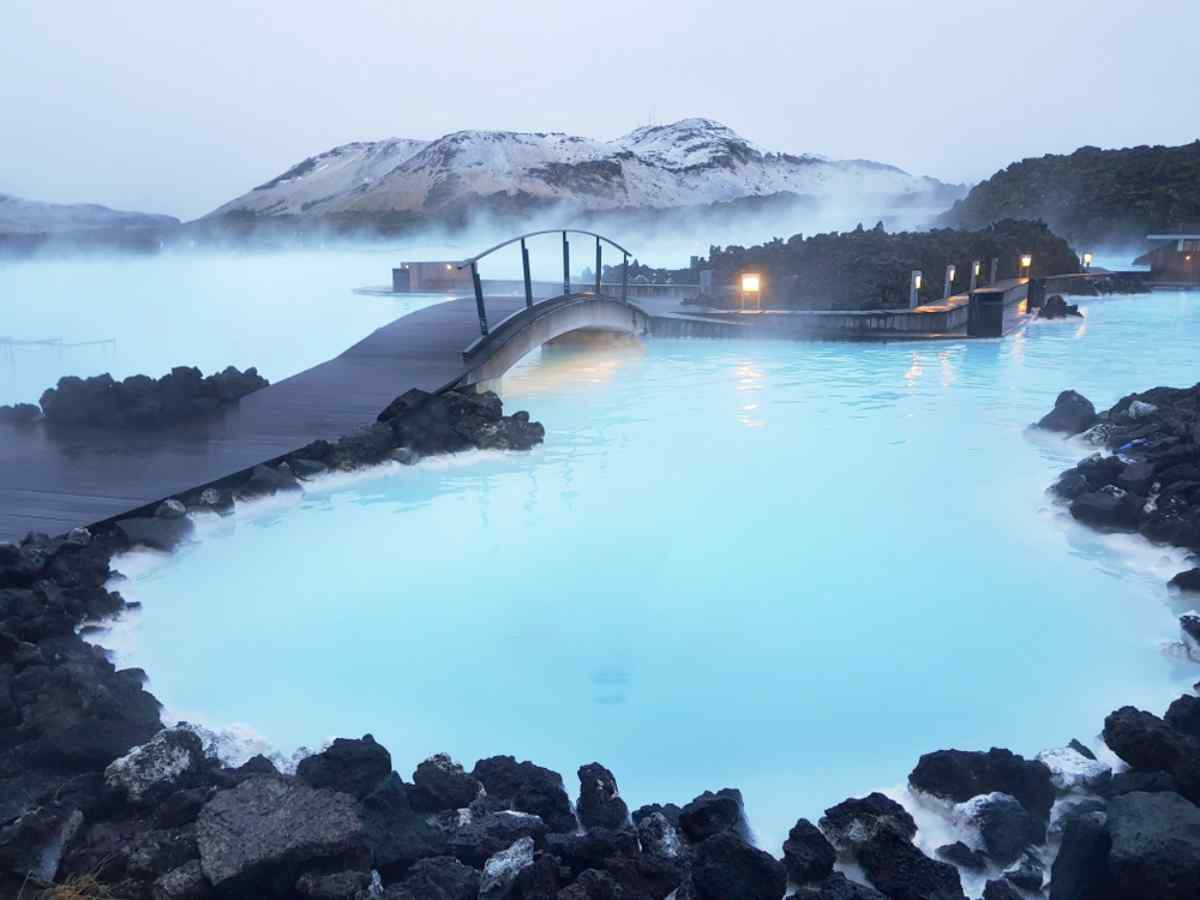
-
Golden Circle Tour:
Explore some of Iceland’s most famous natural attractions on the Golden Circle route:
- Thingvellir National Park: A UNESCO World Heritage Site.
- Geysir Geothermal Area: Home to the famous Strokkur geyser.
- Gullfoss Waterfall: One of Iceland’s most iconic waterfalls.

-
Lava Caves:
Explore Iceland’s volcanic landscape by visiting lava caves, such as the Raufarhólshellir lava tunnel. Lava caving is available year-round and is unaffected by the weather outside.

-
Snorkeling and Diving in Silfra:
Despite the cold, snorkeling or diving in the Silfra fissure is an unforgettable experience. Located in Thingvellir National Park, it’s the only place where you can snorkel between two continental plates.

-
Festivals and Events:
November hosts several events, including:
- Iceland Airwaves Festival: A major music festival featuring international and local artists.
- Icelandic Language Day: Celebrates the Icelandic language with various cultural events.
Reykjavik in November:
Reykjavik offers a blend of natural beauty and vibrant culture. Key activities in Reykjavik include:
- Hallgrímskirkja Church: Offers panoramic views of the city.
- Harpa Concert Hall: Hosts various cultural events.
- Museums: Such as the National Museum of Iceland and the Reykjavik Art Museum.
- Local Cuisine: Try traditional Icelandic dishes like lamb soup and skyr.

November Iceland Itinerary
Day 1: Reykjavik and Northern Lights
- Arrival and Transfer: Arrive at Keflavik Airport and transfer to Reykjavik.
- Explore Reykjavik: Visit Hallgrímskirkja, Harpa Concert Hall, and local museums.
- Northern Lights Tour: Head out in the evening on a guided Northern Lights tour.
Day 2: Golden Circle and Blue Lagoon
- Golden Circle Tour: Visit Thingvellir National Park, Geysir Geothermal Area, and Gullfoss Waterfall.
- Relax at Blue Lagoon: Spend the evening soaking in the Blue Lagoon.
Day 3: South Coast Adventure
- Waterfalls and Black Sand Beach: Visit Seljalandsfoss and Skógafoss waterfalls, and the black sand beach at Reynisfjara.
- Glacier Hiking or Ice Caving: Explore an ice cave or go glacier hiking.
Day 4: Snorkeling and Reykjavik
- Silfra Snorkeling: Experience snorkeling in the Silfra fissure.
- Explore More of Reykjavik: Enjoy more sights and sounds of the city, including local shops and restaurants.
Day 5: Departure
- Final Day in Reykjavik: Enjoy a leisurely morning before heading to the airport.

Frequently Asked Questions
Is November a good time to go to Iceland?
Yes, November is a great time to visit Iceland due to fewer crowds, lower prices, and the chance to see the Northern Lights.
Can I see the Northern Lights in Iceland in November?
Absolutely, November is an excellent time to view the Northern Lights, with long, dark nights providing optimal conditions.
Can you visit the Blue Lagoon in November?
Yes, the Blue Lagoon is open year-round, including November. Ensure to book in advance.
Is Iceland Christmassy in November?
While December is more festive, Reykjavik begins its Christmas preparations in November, creating a cozy and festive atmosphere.

A November Adventure!
November is a magical time to visit Iceland, with its winter landscapes, Northern Lights, and fewer crowds. Whether you’re exploring Reykjavik, embarking on a Golden Circle tour, or soaking in the Blue Lagoon, there’s something for everyone. Dress warmly, plan your activities around the limited daylight, and prepare for an unforgettable adventure.
For those interested in a unique and adventurous way to explore Iceland, consider renting a camper. Check out our comparative guide on renting campers in Iceland to find the best options for your trip. Safe travels and happy camping!

